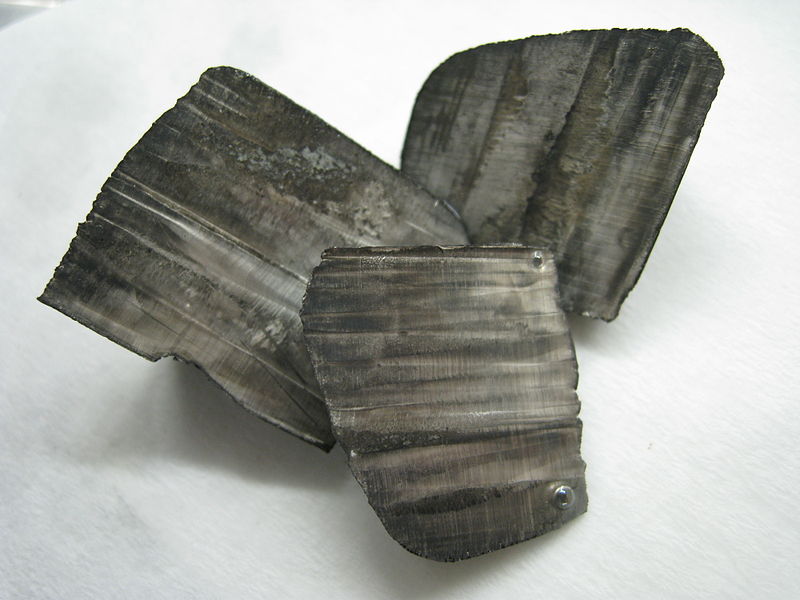
Europe is facing a dilemma as it seeks to diversify its supply of critical raw materials while trying to protect nature and biodiversity. For years, the environmental and human cost of mining
minerals like lithium and cobalt has been hidden from view. However, as the EU seeks to move away from its reliance on China, it wants to make it easier to access domestic reserves of the minerals needed to build green technology like wind turbines and solar panels. This move risks destroying decades of work to preserve nature and biodiversity.
The EU’s push for critical raw materials has led to clashes with locals and green campaigners across the continent. In Tréguennec, France, for example, locals are worried about the impact of lithium mining on a protected nature reserve. The mining project would involve digging up the reserve, which is located on a migratory route for birds. Locals and green groups are concerned that mining could cause serious water and soil pollution, deforestation, and biodiversity loss.
Mining “white gold” would be detrimental to the environment, according to Philippe Spetz, a 69-year-old pensioner who lives in Tréguennec. He warned that the destruction caused by mining could never be undone, and that the delicate balance of nature would be irreparably damaged. Bérangère Abba, who was then France's junior minister for biodiversity, promised to "strike a balance" between protecting nature and mineral extraction. However, locals and green groups worry that the scales will not tip in their favor.
This clash between Europe's desire for critical raw materials and its need to protect nature and biodiversity is also playing out in other parts of the continent. In Portugal, Germany, Sweden, and Spain, local protests have erupted against new mining projects. As Brussels prepares to introduce new legislation to accelerate mining activities, this conflict is set to intensify.
The EU must find a way to balance its need for critical raw materials with its commitment to preserving nature and biodiversity. One solution could be to prioritize the recycling and reuse of existing materials, rather than relying solely on mining new resources. This approach would reduce the environmental impact of mining and help to conserve natural resources.
Another solution could be to improve the efficiency of resource use in green technology. For example, by using more efficient batteries or reducing the size and weight of wind turbines and solar panels, the demand for critical raw materials could be reduced. This would also make green technology more affordable and accessible, helping to accelerate the transition to a low-carbon economy.
In conclusion, the EU’s push for critical raw materials risks damaging nature and biodiversity. The conflict between mining and nature protection is set to intensify as Brussels introduces new legislation to accelerate mining activities. The EU must find a way to balance its need for critical raw materials with its commitment to preserving nature and biodiversity. By prioritizing the recycling and reuse of existing materials and improving the efficiency of resource use in green technology, the EU can help to reduce the environmental impact of mining and conserve natural resources. Photo by Dnn87, Wikimedia commons.

































